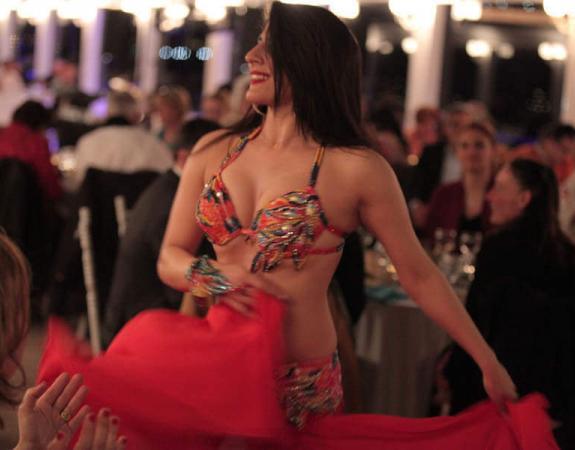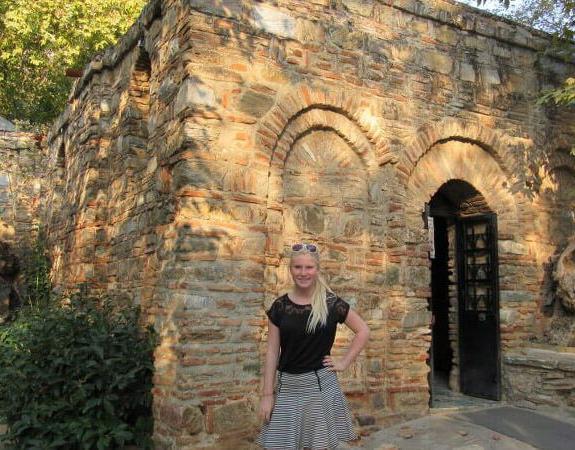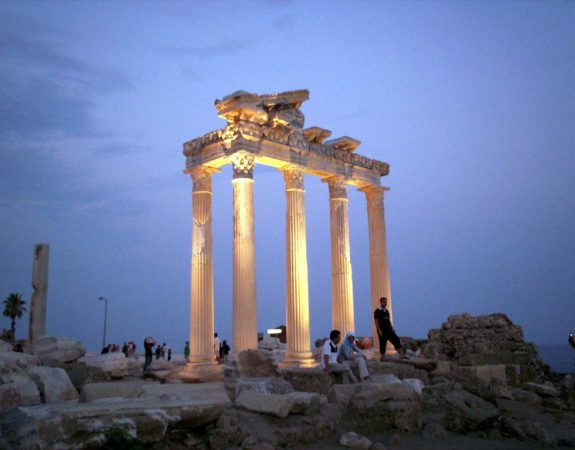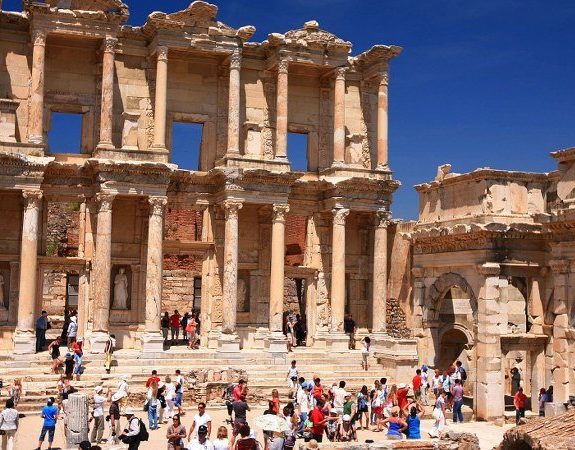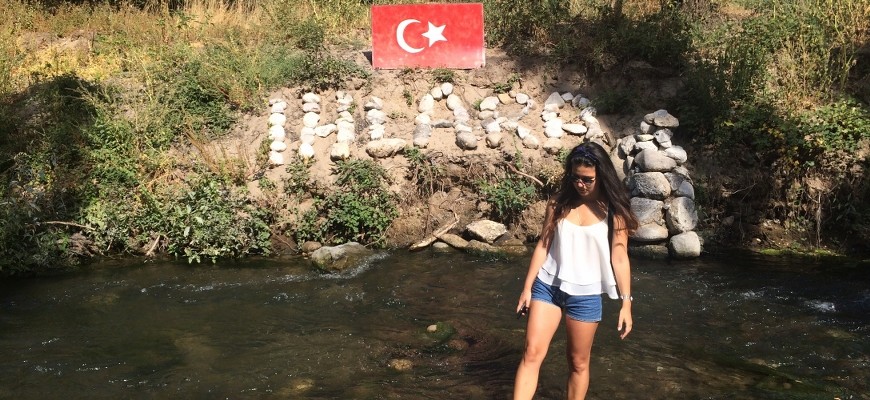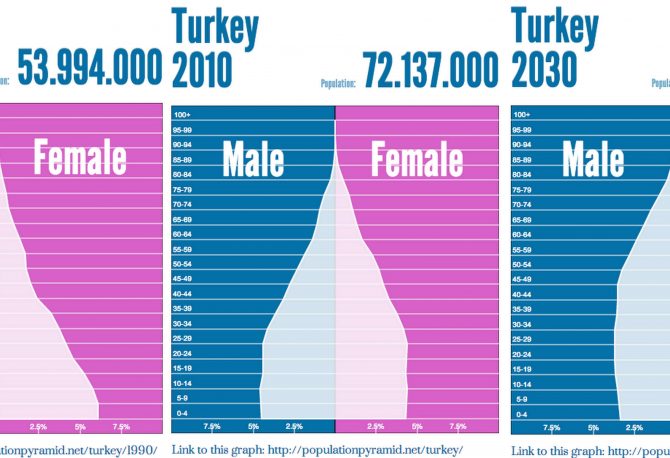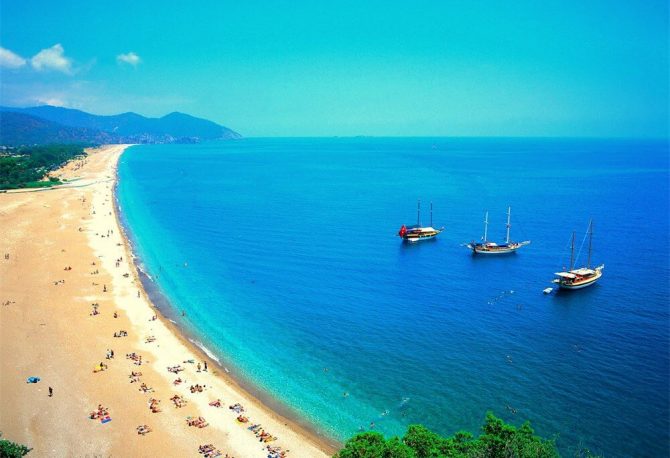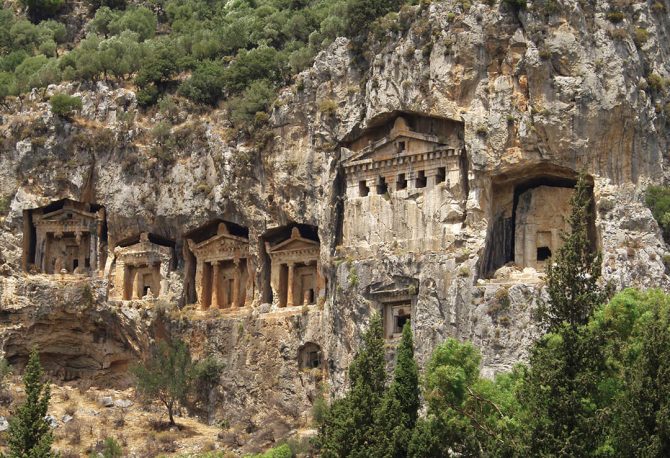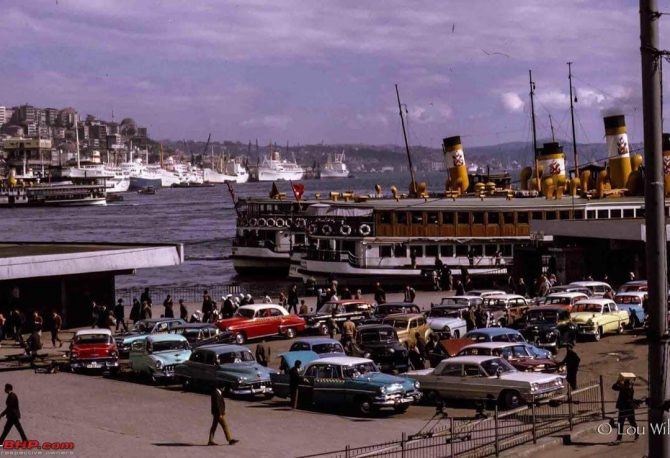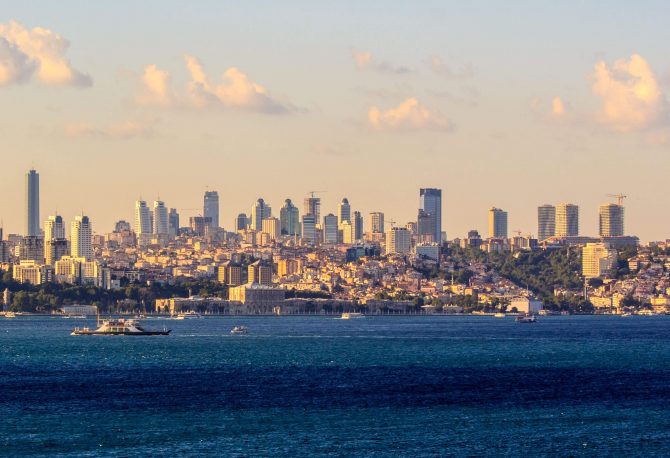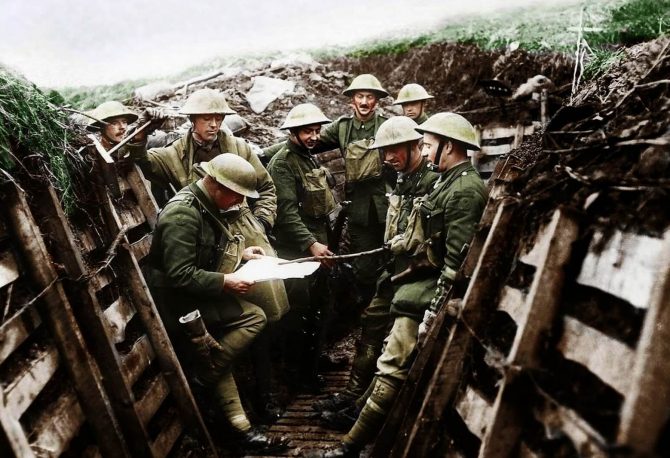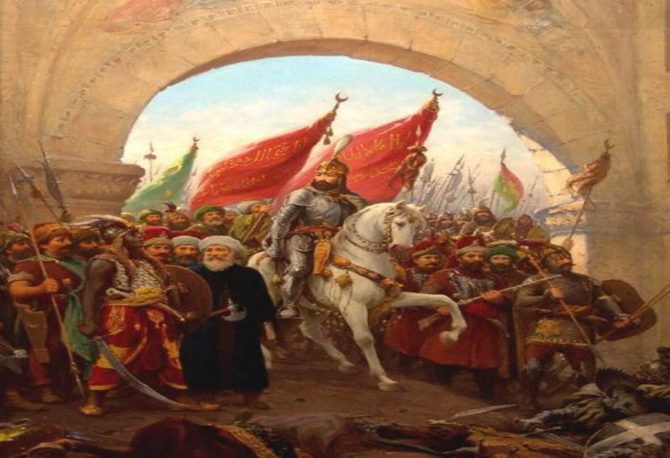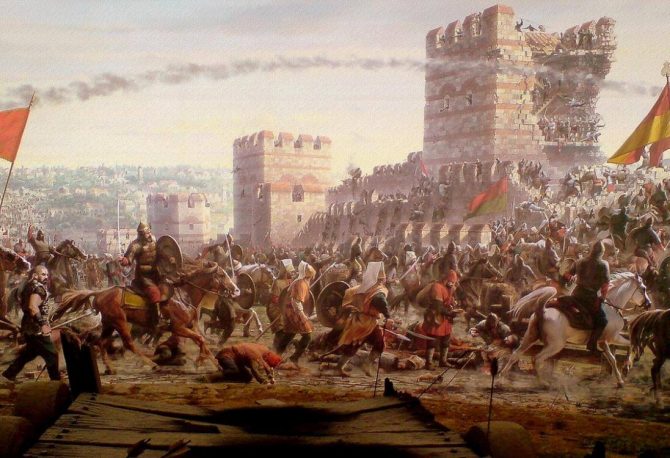PEOPLE DEMOGRAPHICS Turkey’s population numbers approximately 67 million. Around 75 percent of the population lives in urban areas. The large majority of Turkey’s people are Sunni Muslim Turks. Muslim Kurds comprise a substantial minority. Other minorities include Armenians, Jews, the Alevi, the Laz, the Hemsin, and the Circassians. TURKS The nomadic ancestors of the modem Turks
GOVERNMENT IN TURKEY The Republic of Turkey is a parliamentary democracy. Power rests with the National Assembly, a 550-member unicameral body directly elected for five-year terms. The prime minister, who represents the majority party or coalition in parliament, is the head of government. The president, the head of state, is selected by parliament for a
Turkey in 2000 Nature has not been kind to Turkey in the past few years. On August 17, 1999, a devastating earthquake hit İzmit, near İstanbul. In a space of 45 seconds, it killed approximately 18,000 people, left tens of thousands injured, destroyed 60,000 buildings, and left 200,000 homeless. While neighboring countries and international relief
TOWARD EUROPE: THE 1990S The 1990 outbreak of the Gulf War shifted the spotlight, with Özal opening Turkish airbases for the Allied air offensive. This robust demonstration of Western alignment was undone by further PKK terrorism and the retaliatory bombing of Iraqi Kurd villages by the Turkish airforce in 1992. You can click here to
THE TURBULENT 70S AND 80S The 1960s represented a leftist and anti-American shift in Turkish politics, with calls for social sector and land reform to address rapid industrialization. Frustrated with the government’s inability to deal with protestors, the army intervened in 1971, turning the country over to four years of ineffectual government. The military’s handling
MODERN TURKEY ATATÜRK’S AGENDA: REDUCE, REUSE, REFORM Mustafa Kemal became first president of the Turkish Republic in 1923. As part of his campaign to westernize Turkey, he required that all Turks adopt surnames, adding Atatürk, or “father of the Turks,” to his own name in 1934. He helped implement a Western style constitution and adopted
THE CULT OF MUSTAFA KEMAL In 1918, Turkey surrendered to the allies at Lemnos. The Treaty of Sevres gave the Turkish coast back to Greece and created an independent Armenia and Kurdistan. In March 1920, Britain placed Istanbul under military’ occupation, breaking up Parliament and exiling its members. The sultan accepted his “empire” of just
YOUNG TURKS AND WORLD WAR I First of all please read our writings. Because it has relations with them. The Ottoman Empire However, these reforms were unable to stem further military humiliation. Albanian uprisings and the Italian invasion of Ottoman North Africa were followed by alliances among the Balkan states of Serbia, Montenegro, Bulgaria, and
Ottoman Empire: The Plot Thickens During the 19th century, the Ottoman Empire was dubbed “the sick man of Europe.” European powers preferred that it remain a buffer state, helping to stabilize the balance of power established after Napoleon’s defeat in 1815. Russia seized as much as it could (Greece, Serbia, Wallacia, Georgia, and Danube ports)
First read the second chapter: The Ottoman Empire Chapter 2 The first major blow to the empire’s international reputation came with the Battle of Lepanto in 1571. Austria’s Don Juan led a Holy League that sank 200 of the 245 Turkish ships in an unprecedented naval demolition derby. Afterwards, the pace of Ottoman expansion slowed


